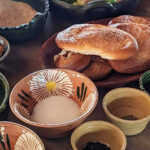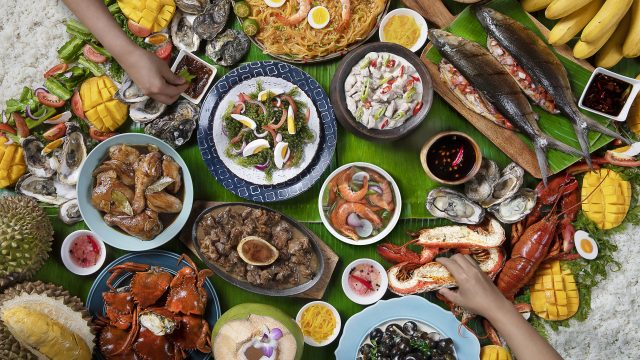
A Journey Through Flavorful Filipino Traditions
By: Sarah Mae Lee Monroy, Lead Officer for Cultural Tourism, Philippine Department of Tourism
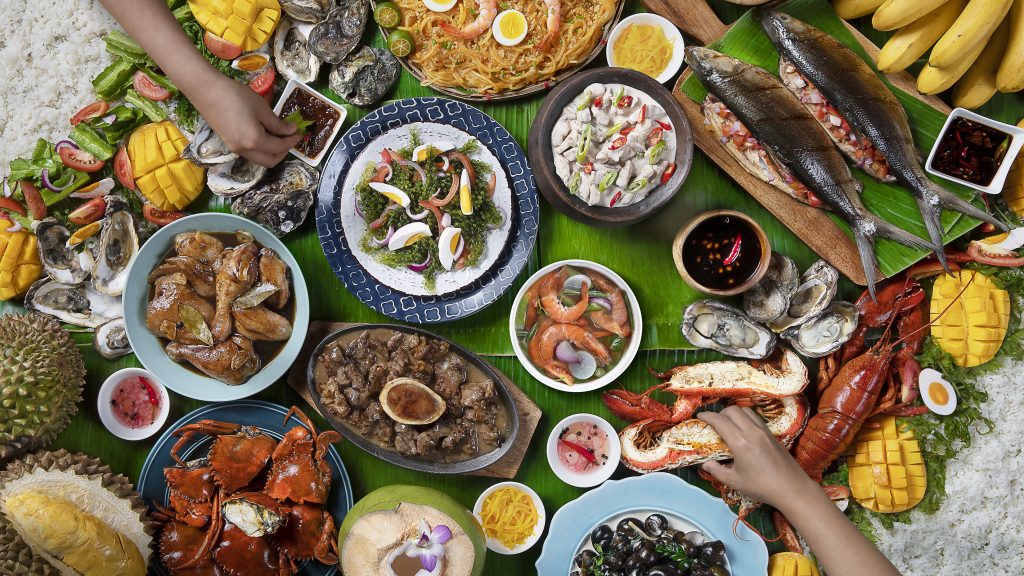
Have you heard of Pancit, Lumpia, Adobo, and Sisig? These delectable dishes might have graced your social media feed or found their way to your plate at a Filipino restaurant. Yet, the Philippines is teeming with countless local dishes and beverages waiting to be discovered. After visiting countries other than the Philippines, I always crave for the famous Sinigang and Bulalo—both featured on the 2024 World’s Top 100 Soups. The rich flavors and the dedication that goes into these dishes truly warm the soul.
If this has ignited your craving for Filipino cuisine, let’s explore some exciting developments and new experiences in the Philippine food and gastronomy scene.
Sustainability in Philippine Food and Gastronomy Tourism
At the Philippine Department of Tourism, we are committed to promoting experiences that are not only delicious but also beneficial for the environment and the tourism industry as a whole. Under the National Tourism Development Plan (NTDP) 2023-2028, which serves as the blueprint of the industry under the administration of President Ferdinand R. Marcos, Jr., the Philippines is envisioned to become a “tourism powerhouse in Asia”, with tourism initiatives shifting to a whole-of-government approach and investing in long-term sustainability reforms.
Resilience, equality, and sustainability serve as our anchors in building deeper experiences for travelers. As global sustainability efforts gain momentum, the DOT under the leadership of Secretary Christina Garcia Frasco, is embracing this trend in enhancing further our sustainability initiatives. This shift is particularly evident in our development of Farm, Food and Gastronomy, and Cultural tourism experiences, where we work closely with our partners in both government and private sector in highlighting sustainable practices that are creating opportunities for local producers, communities, and visitors alike.
Thanks to the leadership of Secretary Frasco and the collaborative efforts of both public and private sectors, gastronomy tourism has blossomed into one of the most vibrant aspects of our tourism landscape. Last June, we took a bold step in showcasing this richness when the Philippines hosted the very first United Nations (UN) Tourism Regional Forum on Gastronomy Tourism for Asia and the Pacific where over 600 delegates from 43 countries were treated to a culinary journey, discovering the diverse and delightful tastes that define the Philippines.
It was an unforgettable event: from the far north to the south of the Philippines, chefs from every region came together, each bringing their own unique flavors to the table.
New Experiences to Enhance Your Philippine Food and Gastronomy Journey
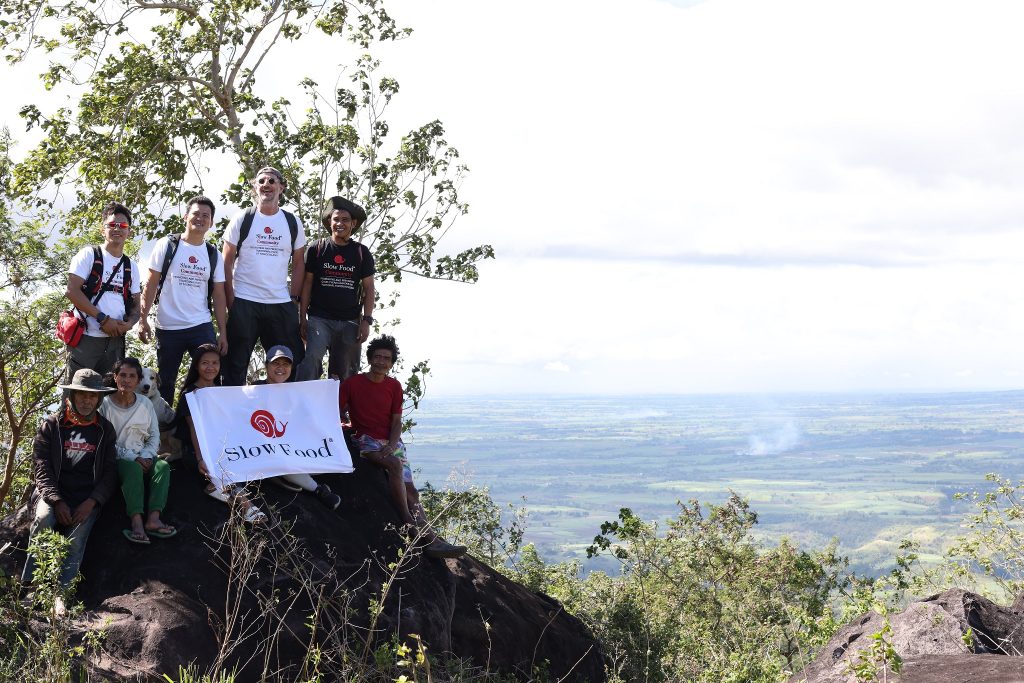
1. Slow Food Community Experiences
The Philippines takes pride in its growing network of Slow Food Communities. By adopting the philosophy of good, clean, and fair food—freshly prepared with care—we create a deeper connection between people and their food. Guests from around the world can engage in cultural immersion and gain insights into local communities’ ways of life.
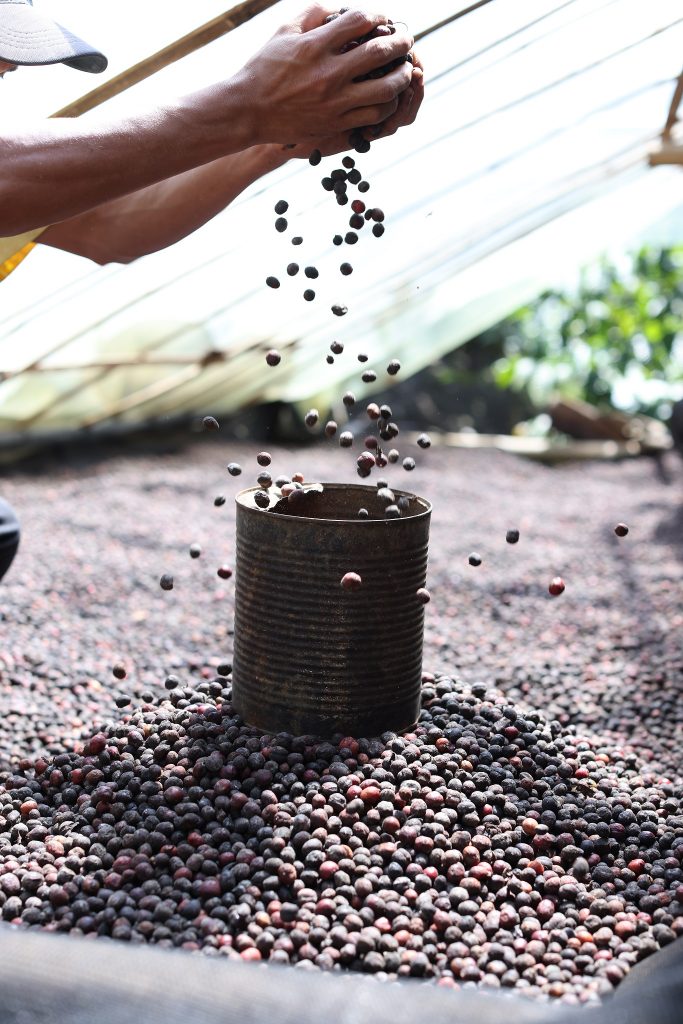
Don’t miss the Coffee Trail in Murcia, Negros Occidental, home to a Slow Food Coffee Coalition. This passionate group of farmers, entrepreneurs, and enthusiasts is dedicated to making coffee a sustainable force for good, benefiting both the environment and the communities that cultivate it. Renowned for its coffee-shaded farms, Murcia offers three trekking options tailored to different skill levels for an engaging experience:
- Easy: Elevation of 470 meters, exploring the backyard coffee farm of the Cañete Family
- Moderate: Elevation of 600 meters, involving a 1 hour and 45-minute walk
- Advanced: Elevation of 970 meters, requiring a trek of 2.5 to 3.5 hours
Regardless of your chosen trek, you’ll learn about the region’s history, the Slow Food Coffee Coalition’s mission, and engage in hands-on activities like coffee pruning and dehulling. You may also participate in preparing a delicious lunch using seasonal, locally sourced ingredients.
Additional Slow Food experiences can also be found in the Cordillera Administrative Region, with slow food communities and activities being part of the culinary tours. More slow food offerings from across the country is anticipated as we host the Terra Madre Asia and the Pacific in 2025 in Bacolod City, Negros Occidental, which has now become the official hub of Slow Food in Asia Pacific!
2. Market Tours (Public Market Tours)
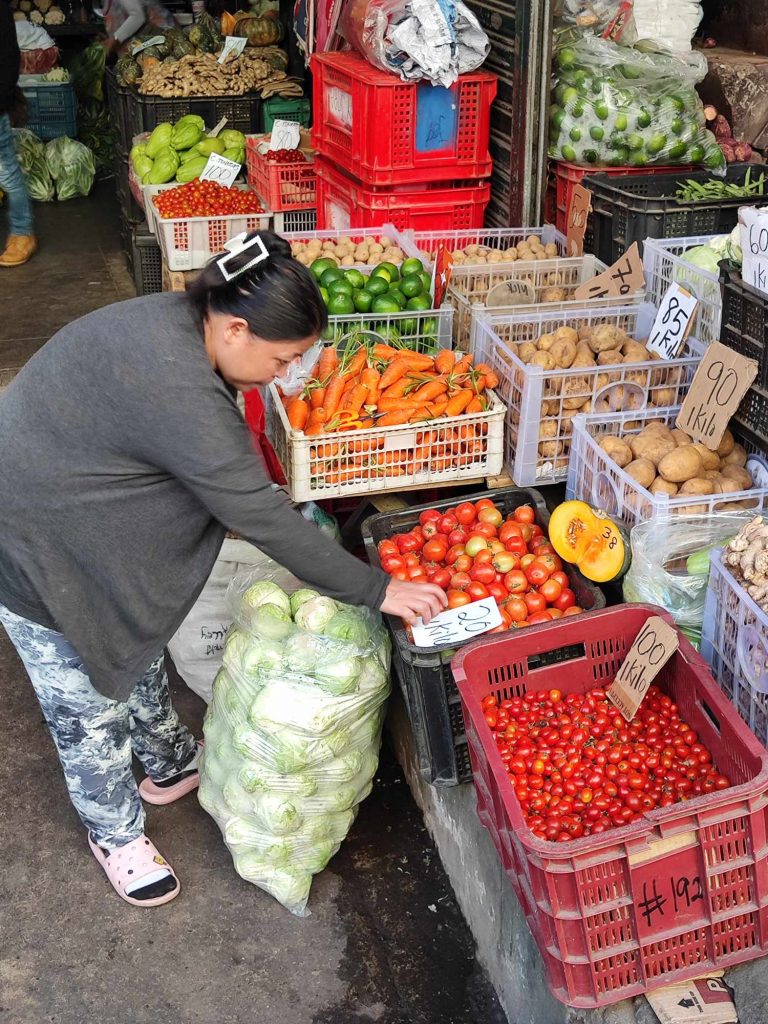
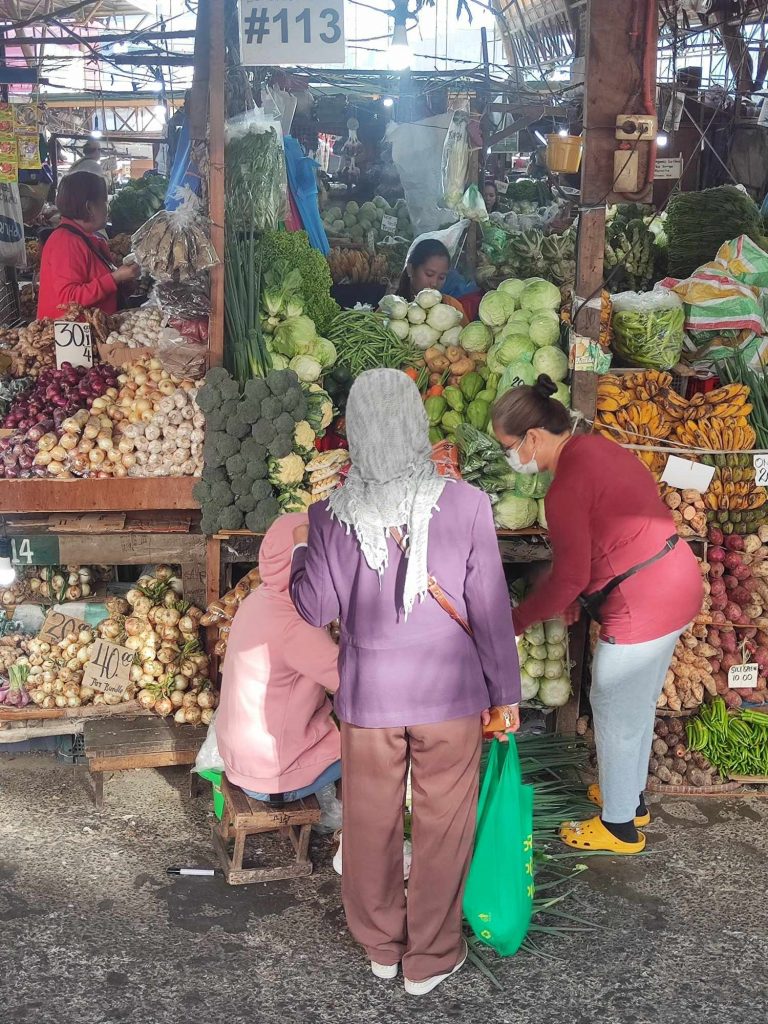
Photos Courtesy of Sarah Mae Lee Monroy, Department of Tourism
The Philippines is home to vibrant public markets known as “palengke(s),” serving as essential hubs for families and communities. These markets offer a rich array of goods—from fresh farm produce, fishes and meats to dry goods and lifestyle products. Filipinos frequent the palengke not just for shopping but for the communal experience they provide. It’s a space where locals gather to share stories and enjoy traditional snacks like suman (elongated rice cake), tsokolate (hot chocolate), puto (steamed rice cake), and kakanin (glutinous rice cakes).
Recognizing their cultural significance, palengke(s) are now becoming exciting tourist attractions. Visitors gain authentic insights into Filipino life, observing community interactions and discovering cherished local goods. Locals act as cultural ambassadors, enriching the visitor experience by sharing stories about these marketplaces.
The introduction of “Palengke Tourism” not only bolsters the tourism industry but also promotes sustainability and creates new opportunities for local communities. When visiting the Philippines, you may explore iconic markets such as the Farmer’s Market in Cubao, Quezon City, and the Baguio Market in the Cordilleras. You may engage in hands-on activities like making lumpia wrappers, extracting coconut milk (“paggagata ng niyog”), and many more!
3. Philippine Experience Tours
The Philippines proudly offers the Philippine Experience Tours, showcasing the rich cultural assets across all 16 regions. No matter where you are, there’s a tour available, highlighting unique culinary offerings with defining characteristics. Each tour is built around four key themes: Kalinaw (Pilgrimage and Wellness Tourism), Hain/Salo-Salo (Food and Gastronomy Tourism), Likha (Arts and Creative Tourism), and Pamana (Living Cultures).
In the Salo-Salo segment of the tours, indulge in 100% local food experiences while immersing yourself in a holistic cultural journey. These tours uplift local communities and promote sustainability through the involvement of local players. We have launched tours in regions like Ilocos, CALABARZON, MIMAROPA, Bicol, Western Visayas, Zamboanga Peninsula, Northern Mindanao, Davao, and SOCCSKSARGEN, with more areas developing their own experiences.
As we delve deeper into the Food and Gastronomy wonders across the Philippines, thrilling new experiences await! Explore the beauty and flavors of our islands, where every bite deepens your connection to our rich culture and traditions. We hope to give you even more reasons to Love the Philippines.
About the Author
Sarah Mae Lee Monroy currently serves as the lead officer for Cultural Tourism at the Philippine Department of Tourism’s Office of Product Development. She has spearheaded several significant initiatives, including the flagship Philippine Experience Program, which aims to develop cultural tourism across all 16 regions of the country, and the creation of comprehensive roadmaps for Cultural Tourism, Food and Gastronomy Tourism, and Creative Tourism. Sarah has also led the development of unique offerings like Palengke (Market) and Creative Tourism. Her contributions extend to shaping legislative frameworks, notably the Philippine Culinary Heritage Development Act of 2022. With a diverse portfolio encompassing Historical and Cultural Heritage, Pilgrimage, Arts, Creative Tourism, Living Cultures, and Food and Gastronomy Tourism, she is dedicated to fostering dynamic growth and innovation in the tourism sector.
About the Agency
The Philippine Department of Tourism (DOT) is the primary Philippine government agency charged with the responsibility to encourage, promote, and develop tourism as a major socio-economic activity, generating foreign currency and employment and spreading the benefits of tourism to both the private and public sectors. Its vision is to develop a globally competitive, environmentally sustainable, and socially responsible tourism industry that promotes inclusive growth through employment generation and equitable income distribution, thereby building a foundation for a high-trust society.
Posted in:

